A collection of images from our exhibit "Revolution Starts Here" - exploring and challenging the many interconnected issues with our unsustainable consumption of meat.

Like many primates in Cameroon, Pikin had been captured by poachers for her meat. Fortunately, she was heroically rescued by Ape Action Africa, a non-profit organisation dedicated to the protection of great apes. While at Ape Action Africa's sanctuary, she met and fell in love with rescuer Appolinaire. As a refugee from Chad, Appolinaire was able to make special connections with primates like Pikin, who had also narrowly escaped danger. “When Pikin arrived I saw that she was very clever. She really loved me and I loved her.”
When Ape Action Africa needed to transport many of its rescues to a new, larger enclosure, Pikin was paired with Appolinaire for the journey. While she had been sedated, she woke while in transit.
To everyone's surprise, the young gorilla remained at ease. “Though at first Pikin seemed a bit startled by her situation—a first experience awake in a moving vehicle, the noise and the bumpy road—she was drowsy and felt safe in the arms of her friend and caretaker, Appolinaire.


Our extraordinary oceans, their iconic creatures and delicate ecosystems are under crippling stress from a warming climate, and the expansion of industrial-scale fishing. With our growing population & growing demand for seafood, there is a lot of money to be made from emptying our oceans.
Whilst we still imagine old school fishermen on their boats with nets, the reality is that the vast majority of seafood comes from multi-million dollar shipping vessels that use military and sonar technology to pinpoint the precise location of fish in our oceans.
Demand is not just for humans, pigs on land now eat more fish than sharks, and domesticated cats eat more fish than seals. As a result our food system is completely out of balance with the laws of ecology, as we extract resources at a rate far faster than the resources are capable of replenishing.


Factory farm runoff eventually makes its way into the oceans, causing massive dead zones. Add the large and growing number of industrial scale fishing operations and you have a perfect storm that pushes many species of fish to the brink of extinction.
Commercial fishing at current levels is simply not sustainable. Many of us are shocked to learn that overfishing is partly caused by the farming of land animals (eg. chickens and pigs), with one third of all wild fish caught used as animal feed or fishmeal.
Fish farms are also destroying our oceans as most fish we farm are carnivorous and are fed massive quantities of wild fish that has been turned into fishmeal. It takes up to 3 pounds of wild fish to produce each pound of farmed salmon.
Ocean temperatures are rising fast, caused by human-induced climate change. And the oceans are becoming increasingly acidic - harming marine animals and coral reefs - as they absorb exccess CO2 from our atmosphere.
Since 2016, half of all coral in the Great Barrier Reef have died due to rising sea temperatures caused by global warming. The Reef will continue to die until we stabilise the level of greenhouse gases in the atmosphere.
Destructive fishing techniques are also causing irreversible damage with bottom trawlers crushing deep-sea coral with their weighted nets.
Trawlers also kill thousands of turtles, dolphins, sharks & other 'by-catch' animals that get caught in their nets and are thrown back in the ocean dead or dying.


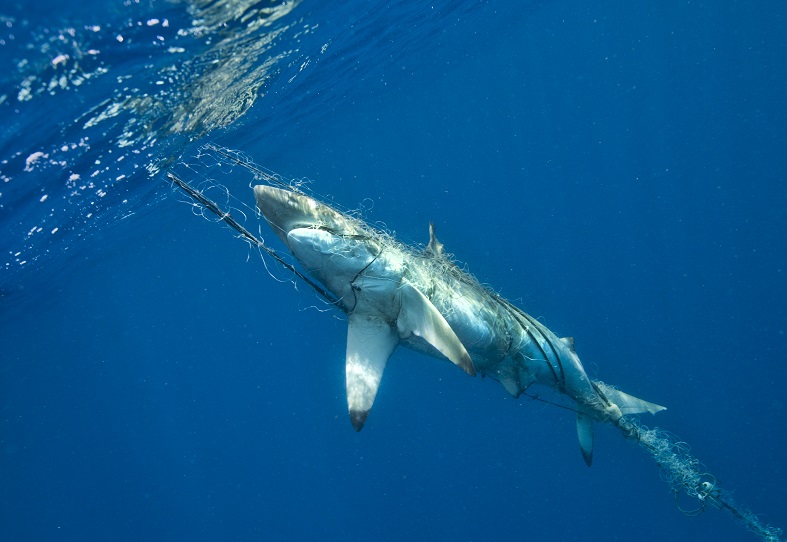

Each year, an astounding 27 million tonnes of "bycatch" - juvenile fish and unwanted species, including dolphins, sea turtles and sharks - are discarded, often thrown overboard dead to free up freezer space for higher value animals.
In just 55 years, humans have wiped out 90 percent of the oceans top predators. If we keep fishing at our current rate, all species of wild seafood will collapse within years.





The world is now experiencing the sixth mass extinction event in its history, involving the highest rate of species die-off since the loss of the dinosaurs 65 million years ago.
Since 1970 there has been a 58% overall decline in the numbers of fish, mammals, birds, and reptiles worldwide.
Species are becoming extinct as much as 1,000 times more frequently now than in the 60 million years before people came along. While the other five extinction events were caused by natural disasters, this one is on us.




Deforestation accounts for about 10% of all human-induced greenhouse gas emissions. With seven football fields of land bulldozed every minute to create room for livestock.
We are replacing the world's forests with the industrial livestock system.
A typical meat eater's diet requires up to 2.5 times the amount of land compared to a vegetarian diet and 5 times that of a plant-based diet.
Industrial animal agriculture currently occupies more than half of the worlds arable land resources, uses the majority of our fresh water stores, and expels more greenhouse gas emissions than the entire transport sector. It also causes damaging air and water pollution, land degradation, and is pushing countless species to the brink of extinction.


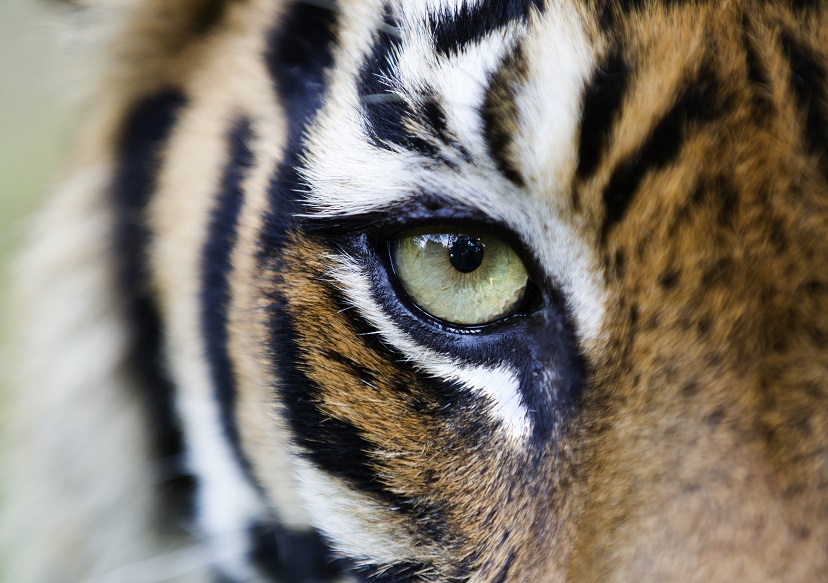

Trees play a vital role in balancing and maintaining the world’s ecosystems. When the trees go, we lose a lot more than wood. Forests absorb massive amounts of carbon dioxide and may well be our best defense against climate-change-causing greenhouse gas emissions. By clearing forest areas, we are not only cutting down our best defences but also releasing all of the carbon stored by those trees back into the atmosphere.
One obvious drawback of relying on a system comprised of billions of living beings to feed our population is that those animals need to be fed as well.
Animals raised to produce milk or eggs must be kept alive for much longer. This requires a tremendous amount of livestock feed, resulting in 33% of arable land on the planet being used for its production - and more land being cleared every day.

From great blue whales to vast colonies of Emperor and Adélie penguins, Antarctic wildlife is under acute pressure from climate change and now industrial fishing vessels are vacuuming up the tiny shrimp-like krill which Antarctic life relies upon. The fishing industry simply can not be allowed to expand their operations and steal food from threatened penguins and whales.
Ocean sanctuaries not only protect incredible wildlife like whales and penguins, but they ensure healthy oceans which soak up CO2 and help drawdown carbon from the atmosphere, minimising the impact of imminent climate change.
Today, only 2.7% of the ocean is strongly protected. Scientists are clear that we need to create marine sanctuaries across at least 30 percent of our oceans by 2030, to protect wildlife, ensure food security for billions and help tackle climate change. But without immediate global cooperation, this target is unlikely to be met.
Proposals to create an Antarctic Ocean Sanctuary which would be the largest protected area on Earth have been blocked by countries who are heavily involved in krill fishing. The UN’s upcoming Kunming biodiversity summit will be a critical meeting to secure a global 30 by 30 commitment.

Rising seas are caused by the expansion of warming ocean water and water runoff from melting ice sheets and glaciers.
The Antarctic ice sheet alone contains sufficient ice to raise sea levels by more than 60 meters if melted completely.
The rate that sea levels are rising has increased by about 30 percent over the last decade, and could accelerate even more as continent-sized ice blocs near the North & South poles continue to shed.
Climate Scientists predict an added 5-to-10 cm's will more than double the frequency of flooding in the tropics and challenge the existence of coastal communities across the globe.


Children working in their school garden in Cambodia, which is funded by a charity organisation.
Growing vegetable gardens at home is difficult for many families who cannot afford the strong fencing required to keep livestock away from their plantings.
Children at this school are able to regularly harvest iron rich leafy greens that are high in a range of necessary micronutrients.
Soknouv next to his family’s new vegetable garden. His family was finally able to save enough money to build a strong enough fence to keep roaming cattle out of a garden.
Cows, owned by wealthier villagers, roam the area throughout the day, and eat anything they can access.
This leaves the poorest villagers unable to grow vegetables, unless they are able to build strong fencing. In many cases the families do not have enough money and are forced to purchase vegetables at the local markets.
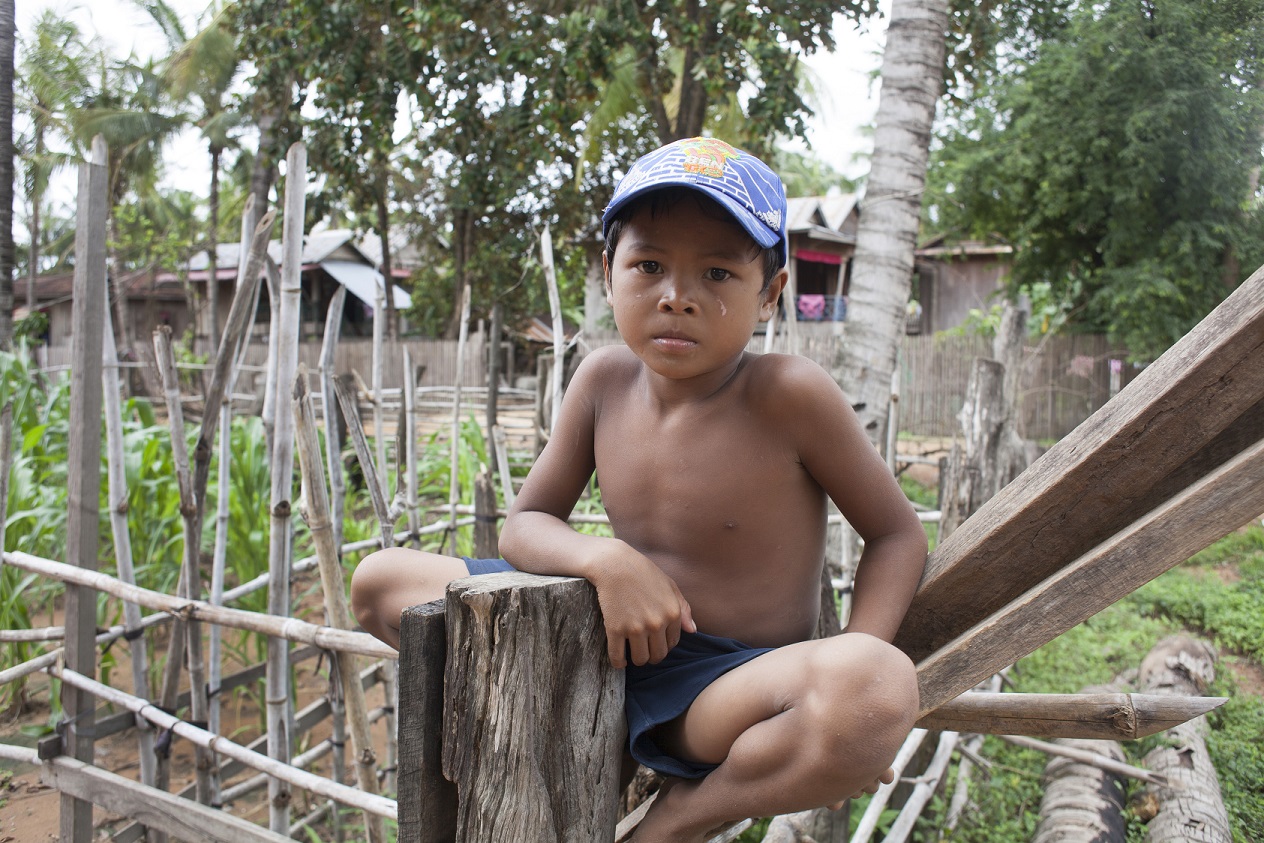

Like many poor families, Sreynit is raising a piglet for a wealthier villager. She’s responsible for feeding and nurturing the pig until it is big enough to be slaughtered.
For her efforts, she will receive a very small sum of money, hardly worth her time, but she is so poor that she has little choice. She’s sacrificing funds to feed the pig, rather than feed herself.
Srey Touch, cooking a typical meal for herself. This particular meal is almost all meat, without any leafy greens. Though she is extremely poor, she believes that eating meat is the best way to get the nutrition she needs. The meat is expensive, and she would only be able to afford the least desirable pieces, while a similar amount of money would enable her to purchase greater nutritional value in vegetables and leafy greens.


In Central America, 40 percent of all the rainforests have been cleared or burned down in the last 40 years, mostly for cattle pasture to feed the export market—often for U.S. beef burgers. Meat is too expensive for the poor in these beef-exporting countries, yet in some cases cattle have ousted highly productive traditional agriculture.
We are replacing the forests with the industrial livestock system, which further exacerbates the impact on surrounding ecosystems and releases more greenhouses gases - because of the respiratory and digestive emissions from livestock.
The Wuaruni can feel and understand all parts of the jungle, they know the jungle like the back of their hand and they treat it as we treat our villages and cities.
Brazil is the world’s largest exporter of beef. With rapid growth in the sales of Brazilian beef leading to accelerated destruction of the Amazon rainforest. “In a nutshell, cattle ranchers are making mincemeat out of Brazil’s Amazon rainforests,”
The government of Brazil offers loans of billions of dollars to support the expansion of its beef industry. Approximately 200 million pounds of beef is imported by the United States from Central America every year. And demand is increasing day by day with China and Russia consuming more Brazilian beef than the European market.
In Central America, 40 percent of all the rainforests have been cleared or burned down in the last 40 years, mostly for cattle pasture to feed the export market—often for U.S. beef burgers.


The Tarqui family pose for a picture in their kitchen garden where they grow over 15 different kinds of vegetables in El Alto, a sprawling shantytown, on the outskirts of La Paz, Bolivia.
Growing vegetables in El Alto, which is some 4,000 meters above sea level, is not easy because of low temperatures throughout the year. Some 1,500 families, including the Tarqui's, are taking part in a project that aims to fight malnutrition in El Alto, a city of nearly 1 million people, by encouraging them to grow vegetables in small greenhouses.


It takes about:
• 1,800 gallons of water on average to produce 1 pound of meat, versus
• 220 gallons of water to produce 1 pound of soy.
We are all vulnerable to the impending impact of climate change on our food security. Though none more so than some of the worlds most food insecure people in sub safara Africa, where every grain of corn counts.
These images provide a stark contrast to the western world where food is in excess, is inefficiently fed to livestock, or is binned because we are full, we bought too much and it went off in the fridge, or the produce is the wrong shape for visual merchandising.

As our population increases, available land, water, energy and other finite resources decrease.
She grew up in a loving household with dogs and cats, but no other chickens. One day, I happened to be chatting to this beautiful woman in the pet store about my chickens, she mentioned that she had one chicken who was a year old and that she was upset that she was living without other chickens. I offered to take her to Lefty’s Place to be part of a chicken family. I picked her up one Wednesday morning in April. Their parting was full of tears.
Although Dash had been kept as an only chicken, she was so very loved living in that household, but a new life awaited Dash. A life living as a real chicken.
Read more on Dash's story
- Tamara Kenneally


Considered economically insignificant, male calves, and the females who are excess to the dairy industry’s needs, are separated from their mothers on their first day of life.
From as young as 5 days old, they can be loaded onto trucks and sent to saleyards or slaughterhouses.
Read more
- Words from Animals Australia
- Image from Tamara Kenneally
A group of us spent a full day at a small-scale dairy and veal farm. We witnessed the milk line production, artificial insemination and the birth of a calf who was taken away from her mother not 15 minutes after she was born.
- Jo-Anne McArthur
“Still wet from birth, she will be added to the rows of other calves and crates, and raised in this confinement.”



- Tamara Kenneally


Mark has been described as “fierce and fearless” in her efforts to make the world a better place for animals.
She has been fined and arrested numerous times for her role in open rescues, but this does not deter her. She refuses to pay these fines on “ethical grounds,” noting that if she receives a parking ticket she pays it immediately, but that “there is something very strong inside me that balks at paying a fine for what is simply taking an ill, crippled or stressed individual for medical treatment and/or freedom.”
She acknowledges that “it can be stressful being arrested and it’s definitely not something we want to happen, but it’s nothing compared to what the animals we are being arrested for are going through.” When talking about these arrests Mark points out that these experiences “only served to strengthen my resolve to keep working to free the animals because you really get a taste (albeit short) of what they are going through when you are locked up and can’t do what you want to do.”
If you've ever held a tiny, chirping chick in your hand, you'll know that for that moment, you hold complete responsibility for his or her life. With the greatest of ease you could take that life, and with the same ease you could protect it from harm.
There's nothing more vulnerable and defenceless in this world than a newborn chick. Yet deep inside Australian hatcheries, their lives are being snuffed out every single day. Since they can't lay eggs, male chicks are considered 'worthless' to the egg industry. So, every day, they're sorted from the females, dumped onto moving conveyor belts and dropped into giant metal grinding machines or gassed to death. This is the first (and last) day of life for over 12 million chicks in Australia every year.
The killing of day old chicks happens in all commercial egg systems, be it caged, organic or free range. And it's legal. We have made cruelty to some of the most vulnerable members of our society routine and lawful. This is the true cost of eggs.
Source: Animals Australia
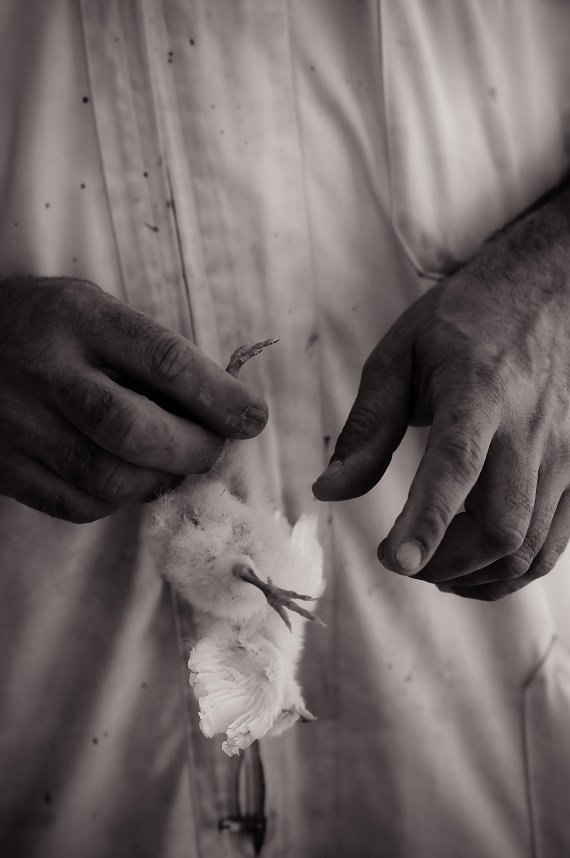

This focus on cost-cutting invariably comes at the expense of the health and welfare of individual animals whose pain and distress are often disregarded.


A battery egg farm consists of shed apon shed filled with small cages layered on top of each other. Just one farm can trap up to 150,000 hens.
Chickens are naturally happy animals, whose joys are directly connected to the earth.
Chickens love to scratch and forage in the earth, they need to bathe in dirt to get clean, they sunbake in delight in the sun and hens make nests in private areas to lay their eggs.
In a battery egg farm, they experience none of this. They are put into the cages and left there for 18 months until they no longer produce eggs and then they are ripped out of those cages. slaughtered and replaced with younger hens.
Learn more about the reality of the egg industry here.


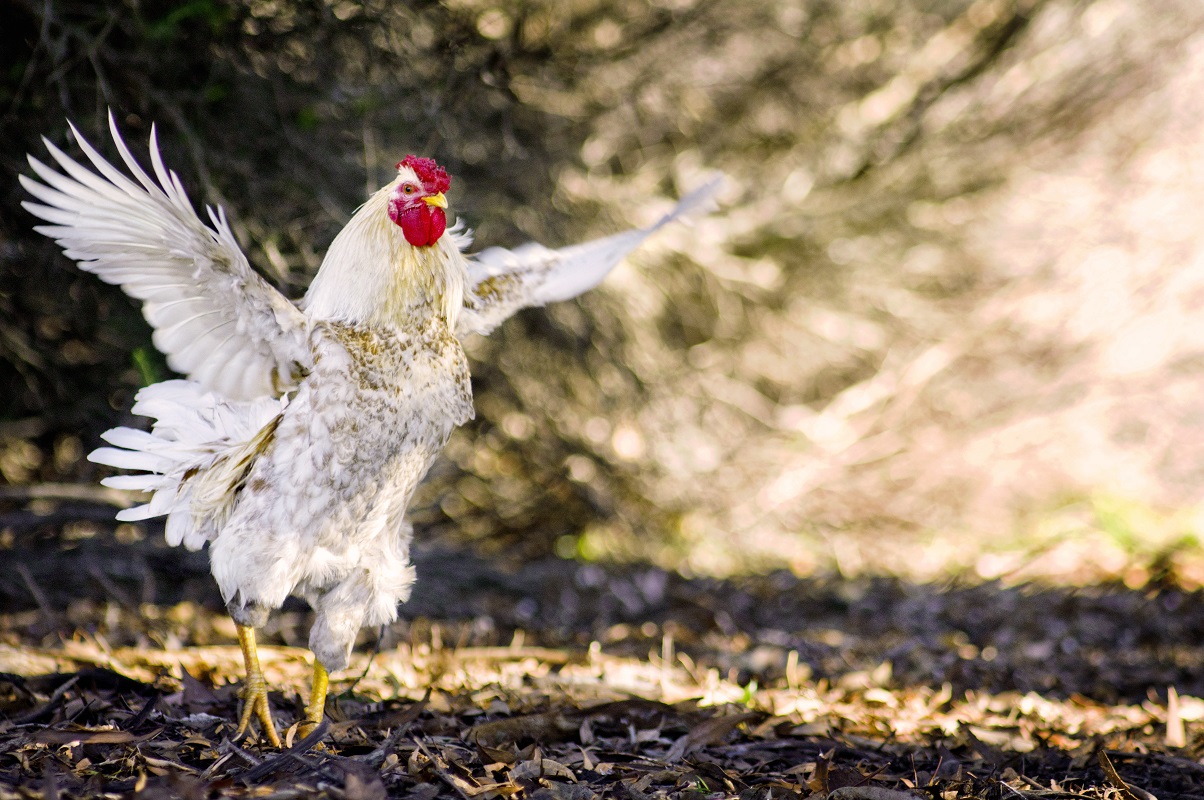
Most roosters who are hatched into this world are killed, Popeye was extremely lucky that he was born into a sanctuary.
Most chicken breeders slaughter their young roosters as there is no demand for them. Hatching school project roosters have such trouble finding homes and most are slaughtered. The egg industry has no need for roosters and all male hatchlings are either gassed or ground up alive.
Popeye is very lucky. Read more of his heart-warming story here.🥰

Constantly producing milk puts a huge strain on the metabolism of dairy cows and they need to replenish that energy through their food. If a dairy cow is producing 7 gallons of milk a day their feed alone requires 4,788 gallons of water per cow per day.


Farm animals are trucked to saleyards under stress. Yarded with unfamiliar animals. Locked in pens with no shade for up to 24 hours, sometimes more. The animals are stressed by loud noises, crowds, rough handling and dogs. They have no water and no food. Legislation states that farm animals in saleyards only need to be provided with water after 12 hours of being there.
Whilst walking through a large sale of sheep lately on a 30 degree day, I saw each of them. Each individual sheep who looked at me was someone different, just like my sheep at home. They were all languishing in the heat, panting and desperate for shade and water. To these farmers, they were only money. Their lives were for sale. Most were trucked off for slaughter and some may have been purchased as breeding stock for wool and/or meat, but there was no future for any of these sheep.
What really struck me was how they were all treated the same. How no one knew them or wanted to know who they actually were. Like they were nothing. Read more

- Jo-Anne McArthur

The piglet, who could not run free, had just had his tail docked and been castrated, evidenced by the scarring on his scrotal sack.

HER DESPERATE PLEA FOR HELP
There she stood, in that bare paddock at the back of the abattoir. She had no food. She was starving. She hadn’t been milked for some time and her udder was full and painful.
As soon as she saw us, she mustered up all the strength she had left and walked over to us as quickly as she could…..and then she pleaded with us for help. She desperately screamed and screamed and screamed at us for help.
They all screamed at us for help. Their emaciated, broken bodies, full of milk, standing on dirt and/or mud were asking us with all they had left to please give them food and to please help them…and we couldn’t and it completely broke us to leave them there.
This abattoir specialises in slaughtering spent dairy cows to be turned into mince meat for the American fast food industry. Many of these girls are shipped to Melbourne from Tasmania and then driven three hours to the abattoir. The others are purchased by the abattoir from farmers mostly around the area.
We saw them on Friday and they had no food. They were still there on Saturday and had no food except for the little my friend was able to give them.
- Tamara Kenneally (from the series “Dairy”).







